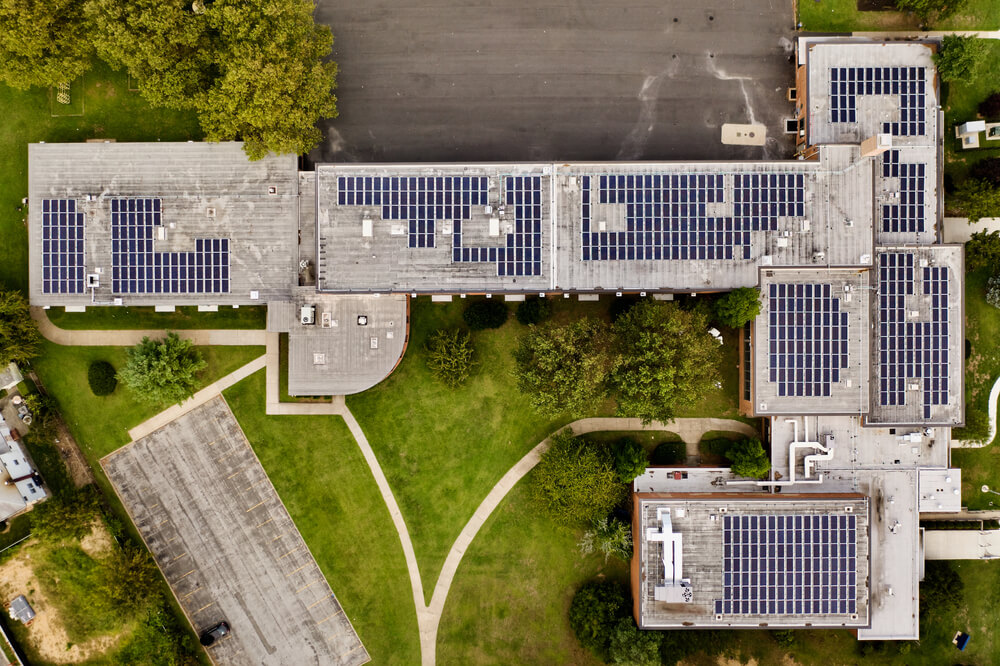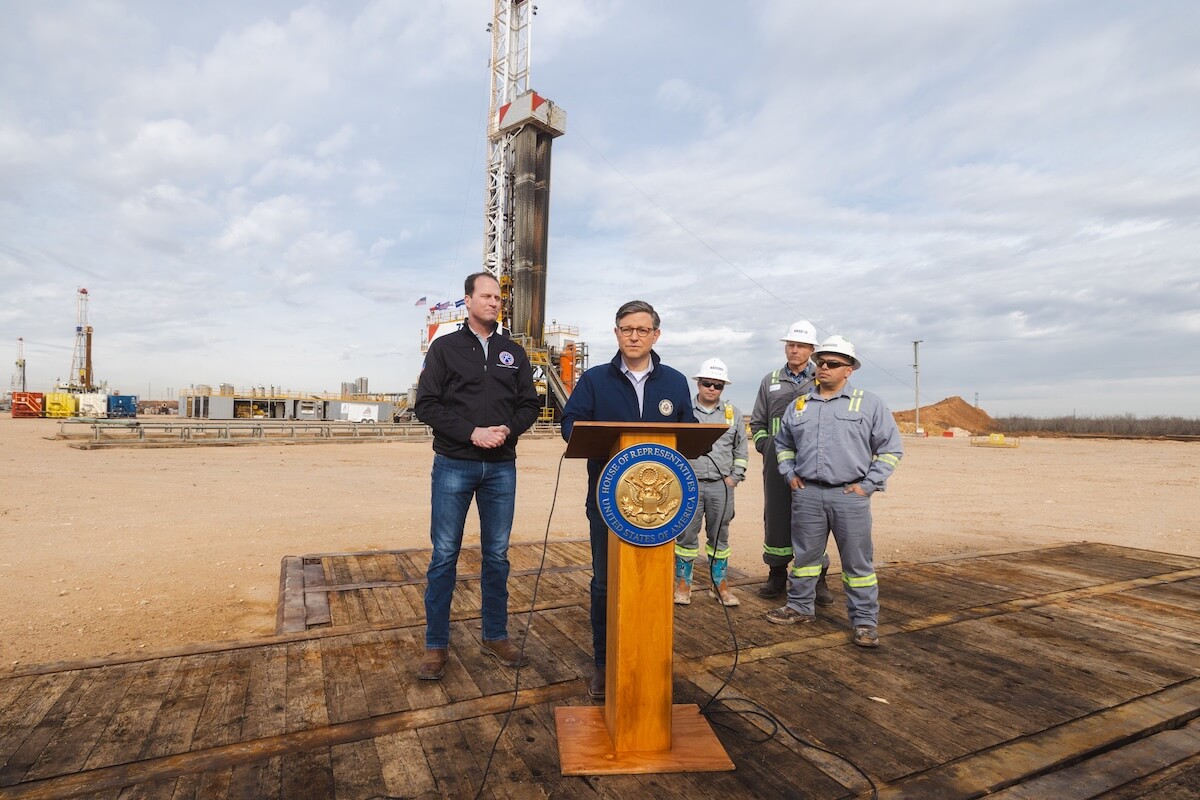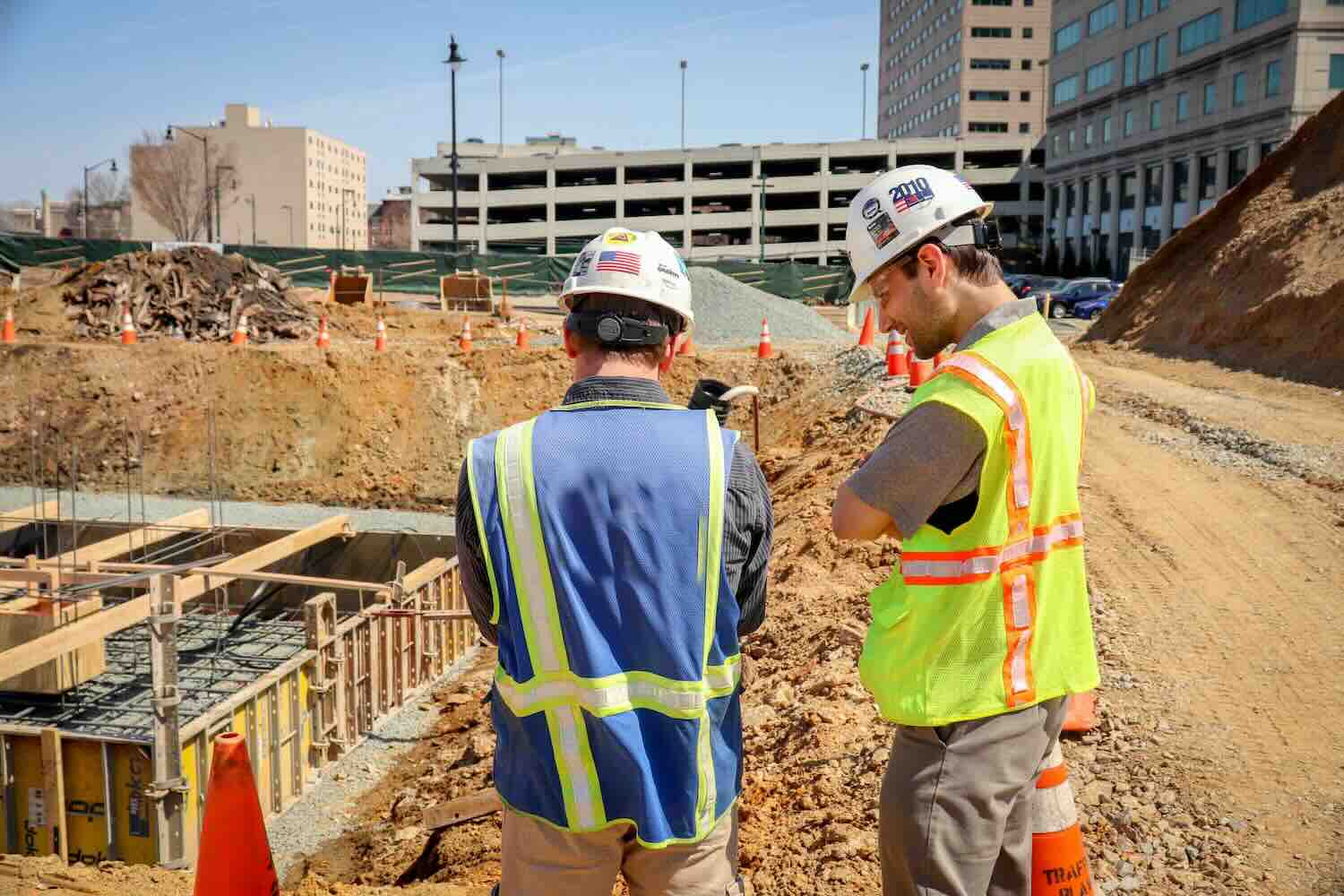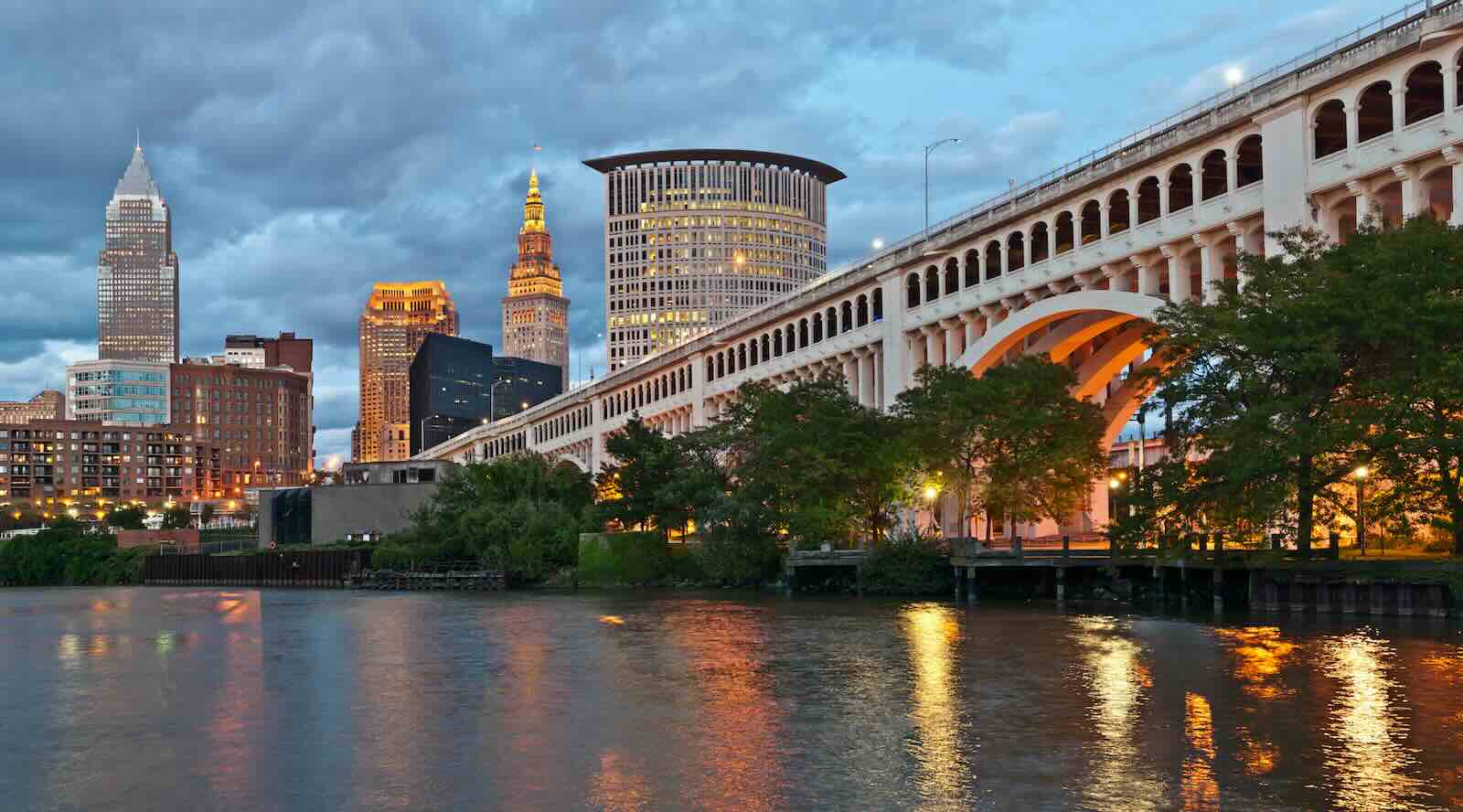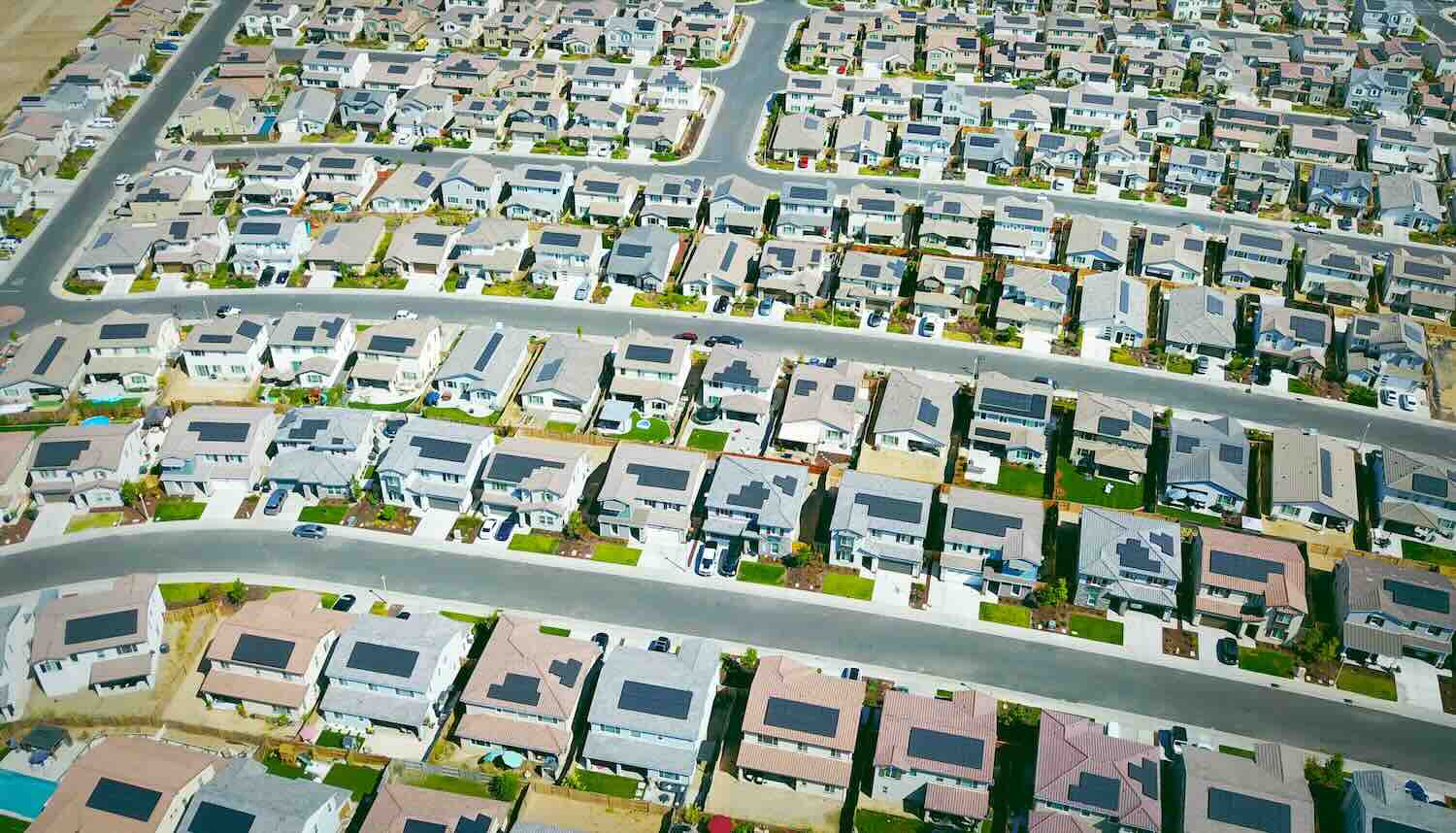In New Orleans, the city’s housing finance agency has become a “green bank” to underwrite community solar, water treatment projects, and resilience hubs.
In eight Midwest states, communities are planning to install rooftop solar systems on some 25,000 low- and moderate-income households, cutting household energy costs by more than half.
In Vermont, a bond bank is looking to help school districts decarbonize their buildings and convert their bus fleets to electric.
The US Environmental Protection Agency is getting ready to announce the winners in a hotly anticipated “national green bank” program that will channel billions through local community lenders to finance green projects in underserved communities across the country.
ImpactAlpha’s Call No. 60 explored the ways such public funding is catalyzing a community-driven, equitable, green financial ecosystem – even before the money begins to flow. Agents of Impact are mobilizing to meet the moment by blending finance, creating standardized products and blueprints, and plugging into mainstream financial markets.
At the center of the action is the Greenhouse Gas Reduction Fund, a $27 billion chunk of the Inflation Reduction Act that makes up the largest direct spending portion of the law (most of which is delivered through tax credits and incentives).
“This program is really focused on how to drive the [energy] transition and the benefits of clean technologies in low income and disadvantaged communities,” Calvert Impact’s Beth Bafford explained on the Call. Bethesda, Md.-based Calvert Impact has carved out a specialty designing structures and standardized products to bridge the divide between local, hard to finance opportunities and mainstream capital markets.
The nonprofit is leading the Climate United coalition, one of the three likely awardees for the $14 billion National Clean Investment Fund, the largest piece of the GGRF (the EPA has notified groups that did not win; Bafford says her group was not among them). The NCIF awardees will become a sort of distributed green bank that will work with local lenders to underwrite loans for a wide range of decarbonization projects.
For example, Climate United is looking to leverage the mortgage market for green home loans and the muni bond market to support energy retrofits for K-12 schools. The group is working with the Vermont Bond Bank to design a model that uses GGRF funds as a junior layer of capital for municipal bonds to encourage decarbonisation for school buildings.
“While $27 billion is a lot of money,” says Bafford, “it’s not nearly enough to decarbonize every K-12 school building in the country and do all the other things that they are hoping to do with this program.”
Risk capital
Risk capital will be necessary to stand up some of the new lending programs and standardized financial products.
In New Orleans, the city’s longtime housing finance agency has taken on a green bank role to infuse climate resilience across all of its lending. After Hurricane Katrina, many of the agency’s mortgage borrowers saw their homes wiped out, and its $400 million single family mortgage portfolio decreased by 90%.
Now, Finance New Orleans is not only rebuilding its mortgage business as a green program, it’s also creating green bond programs for multi-family properties and community infrastructure such as community solar, water treatment projects, and resilience hubs.
“Our community demands this type of investment right now, so we don’t have time,” said Finance New Orleans’ Damon Burns.
The Greenhouse Gas Reduction Fund, Burns and other panelists said, could serve as a layer of risk capital or credit enhancement to help them get up and running with new green lending programs and bond issuances.
“We think it’s really important to use the GGRF to be a source of some of that startup funding so that we can get our bonds and ventures moving,” said Burns.
In Florida, the Solar Energy Loan Fund, or SELF, a local green bank, is using its 14 years of experience in green home loans to create “plug and play” products that it can white label to other communities that don’t have green lending capacity.
Doug Coward, a former St. Lucie, Fla. county commissioner, created SELF in 2009 out of frustration of trying to get green initiatives done in Florida. “Being here in a red state that is largely opposed to what we’re doing, we had to develop some pretty interesting strategies,” he says. SELF has grown from serving a single county in Florida to catalyzing green loans in seven states, and growing.
SELF launched a Southern Climate Equity Accelerator to help other communities without green banks with technical assistance and capital so they participate in the historic deployment of climate funds. It is working with the Texas and Nevada clean energy funds, as well as a local community group in Tennessee. “They can literally plug into our financial technology platform that we’ve invested heavily in,” says Coward.
“It’s trying to find that collaboration and synergy and bring additional expertise and resources to the table so that we can basically fast track climate equity lending, and fill those voids that exist in large areas of the country,” he adds.
Solar for all
In Cleveland, Growth Opps, a community lender and newly minted green bank, is leading a group of 31 former industrial communities across eight Midwestern states that is seeking $250 million in funding through the $7 billion Solar for All program. The Industrial Heartland Solar Coalition, as the group is called, plans to install cost-saving rooftop solar on some 25,000 low- and moderate-income households, cutting energy costs for households by more than half.
To stretch the funds further, the group is looking to raise up to 12 times more than that – or potentially $3 billion – in grants, equity, low-cost debt and green bonds.
The Solar for All funds are restricted to solar projects, such as residential rooftop solar, noted Michael Jeans, who runs Growth Opps. The additional capital enables the lenders to weatherize homes and make upgrades to houses and neighborhoods, “so that it’s not just a new roof with shiny photovoltaics on top, but we’ve got a reinforced home and a cleaner living environment for the folks who’ve lived there.” That also translates into higher appraisal values for homeowners, he said.
“People can look at the Greenhouse Gas Reduction money as de-risking,” said Inclusive Prosperity Capital’s James McIntyre. In the Great Financial Crisis, mortgage default rates were lower in homes with less of an energy burden. Health care costs are lower for students in schools with healthy environments, he said.
“The de-risking aspect is about how we can get capital into communities to help those who have been disadvantaged historically, and how that can actually lower the risk premium for our communities by making our buildings better, by making our infrastructure better,” he said.
“You’re de-risking communities that have historically had risk forced upon them.”
Agents of Impact
Traviss Witt logged in from Berea, KY… Johann Wong joined from Washington, DC…Rosalie Cates was in Missoula MT… Kimberly Lorensberg chimed in from South Dakota… Sean Kelleher joined from Utah… Maura ONeil in California… Rian Irani logged on from New York… Alex Mitche called in from Los Angeles…
Kyle Barrios joined from Boulder, CO… Cara Purcell was in Allentown, PA… John Sherman said hello from Nashville… Shurid Sen logged in from Baltimore… Geoff Moore signed on from Montreal… Mark Attia from Massachusetts…
Lynn Carpenter called in from Cleveland… Phil Kirshman signed on from Santa Barbara… Madison Friedman was in NYC… Ina Lee said hello from Santa Fe… Tian Wu was in NYC… and Melissa Abel joined from Texas…





